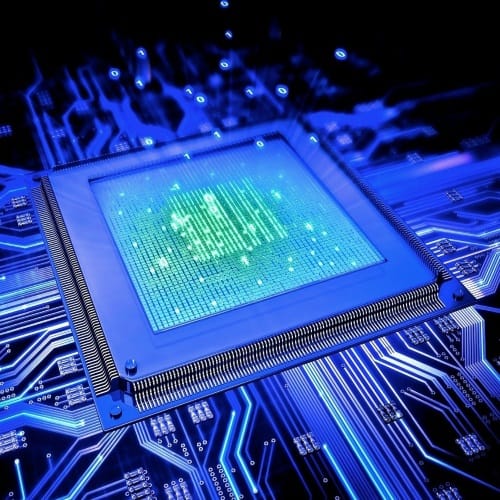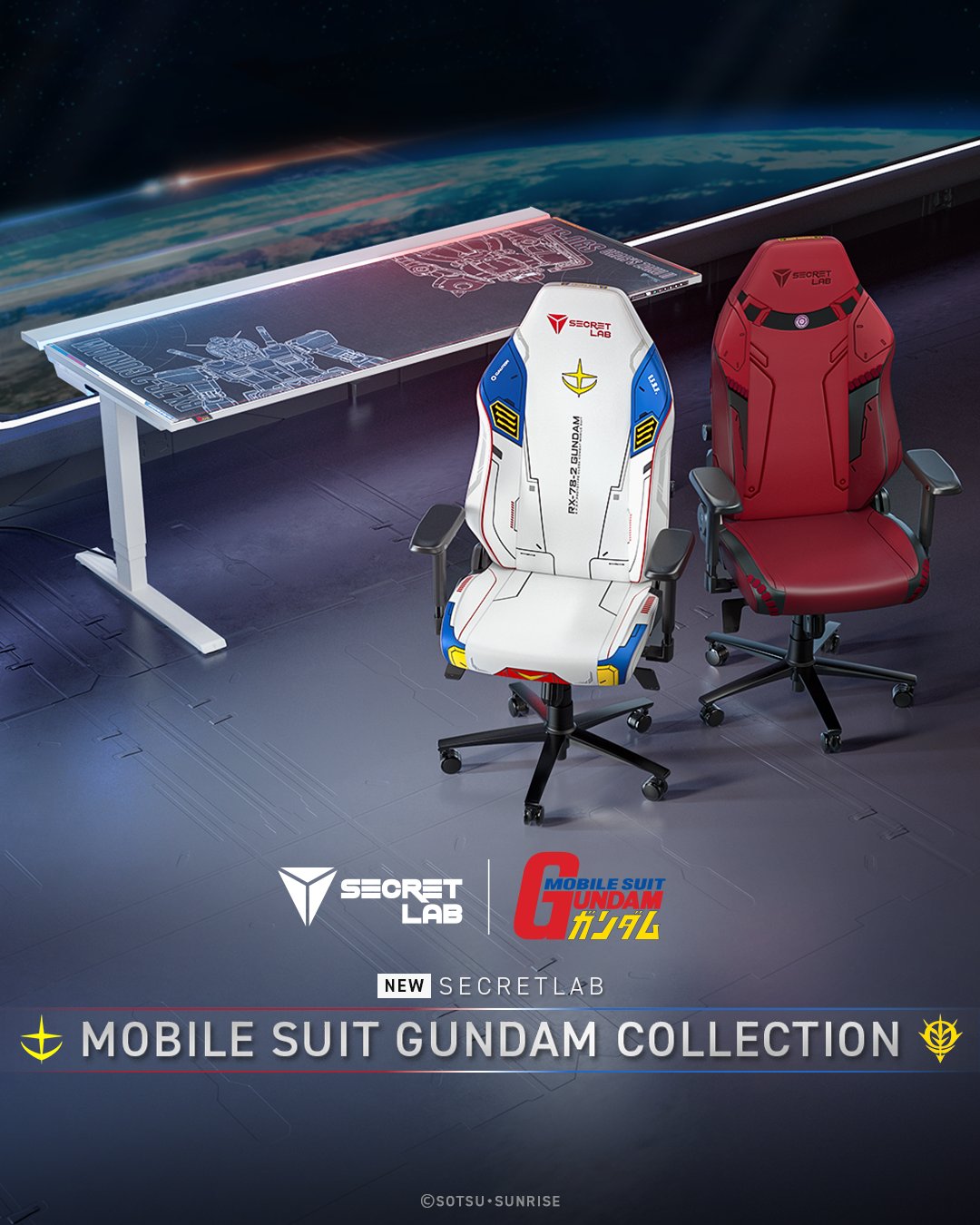
Back in the day, before the internet became semi-decent, LAN parties were all the rage, and the ASUS TUF Gaming B860M-PLUS WiFi motherboard would have been the perfect starting point for building an easy-to-transport gaming system. Unfortunately, we didn’t have that luxury, so we had to pack up and transport full-sized systems to our friend’s place, often setting aside a whole weekend to play games for about twelve hours.
With an mATX form factor, the ASUS TUF Gaming B860M-PLUS WiFi motherboard is perfect for building a compact gaming system without compromise. Supporting the latest Intel Core Ultra Processors (Series 2) and a PCIe 5.0 expansion slot, you’ll be able to run the most recent components, ensuring your system is kept up to date. It also follows ASUS’s trend of being easy to do it yourself, making it ideal for installing upgrades on the fly while also being perfect for first-time builders.
It also makes overclocking a little easier, with support for Intel Turbo Boost Technology 2.0 and Intel Turbo Boost Max Technology 3.0, as well as Intel Extreme Memory Profile and ASUS Enhanced Memory Profile III. These allow you to achieve up to 8800+ MT/s through the four Dual Channel Memory Architecture DIMM slots, which can support up to 256GB of DDR5 RAM.
A single PCIe 5.0 x16 slot will accept the latest GPUs to hit the market, with a second PCIe 4.0 x4 slot allowing you to connect small expansion cards. The latter slot could possibly offer more USB ports or additional storage solutions, should the need arise, but I doubt this will be the case.
There are a total of three M.2 slots available, with the main one supporting PCIe 5.0 x4, the additional two supporting PCIe 4.0 x4, and four 6Gb/s SATA ports.
The rear I/O panel provides 8 USB ports, including one 20Gbps USB Type-C supporting DP mode, two 10Gbp/s USB Type-A, four 5Gbps Type-A, and a single USB 2.0 Type-A. It also comes with enough USB headers to support a further eight case-mounted USB ports, with headers for 10Gbps USB Type-C, 5Gbps USB Type-A, USB 2.0, and Type-C power delivery with a max output of 5V/3A. Again, it’s unlikely you’ll need to use the second expansion slot.
Header pins, as always, are strategically placed around the edges of the board, making it easier to reach them during your build and, more importantly, allowing for easier cable management, ensuring that cables aren’t interfering with fan operation or pressing against components designed to radiate heat. This includes three 4-Pin headers for fans, three headers to cover CPU fans and AIO cooling solutions, and three Addressable Gen 2 headers to light everything with glorious Aura Sync RGB.
Given the smaller size, I was surprised to see the inclusion of ASUS’s PCIe Slot Q-Release mechanism, but I am certainly glad it’s there. The slot comes very close to the four DIMM slots, so without it, you’d be hard-pressed to remove the GPU without pulling out your RAM beforehand.
It’s a simple system but incredibly useful, adding an extended arm that uses a level to unlock the GPU for easy removal. A similar system, the M.2 Q-Latch, also makes installing and removing SSDs easy, though you must unscrew the integrated heatsink before accessing it.
Aside from the previously discussed USB ports, the rear I/O panel houses an HDMI port and a DisplayPort, both of which support 4K@60Hz, a 2.5Gb RJ45 Ethernet port, 3.5mm audio sockets, and an Optical S/PDIF output for connecting audio systems. The latter supports Realtek 7.1 Surround Sound High Definition Audio CODEC, with up to 24-bit/192kHz playback. It’s also here that you’ll attach the WiFi 7 Antenna, using the same push-fit Q-Antenna system I’ve grown to love, all nestled within a pre-installed I/O shield.
As we’ve come to expect from ASUS, the TUF Gaming B860M-PLUS WiFi motherboard comes with plenty of exclusive software designed to make your experience all the better. These include Armoury Crate to control your Aura Sync-enabled devices and set your system fans, ASUS DriverHub to help keep your system up to date, and TurboV Core to help overclock your components.
Military-grade components make it robust and reliable, while ASUS’s Q-System makes for a simple DIY project, keeping enthusiasts up to date with the latest tech and making it perfect for first-time builders. Whether you’re putting together a smaller system to save on space or building something portable for gaming on the go, the ASUS TUF Gaming B860M-PLUS WiFi motherboard is a fantastic solution.

The Good
- Well designed with easy DIY solutions
- Small form makes for portable gaming
- Full support for the latest components
- Plenty of connectivity
The Bad
- M.2 Q-Latch simplicity negated by screw-down heatsink













